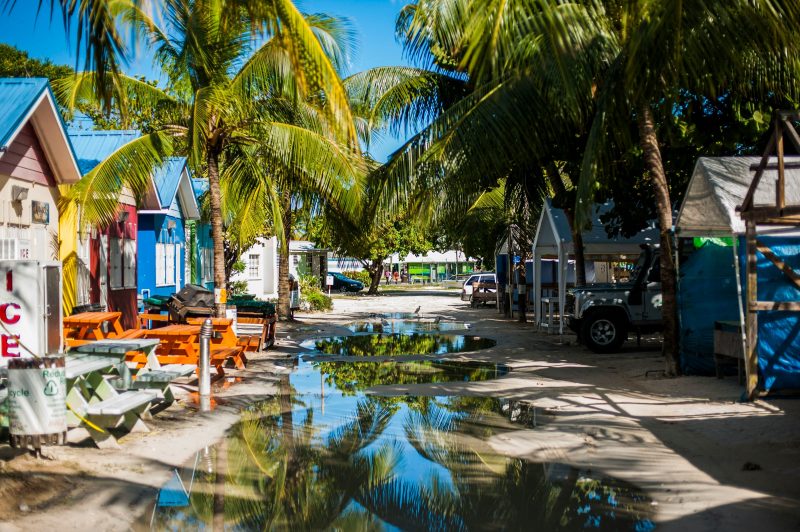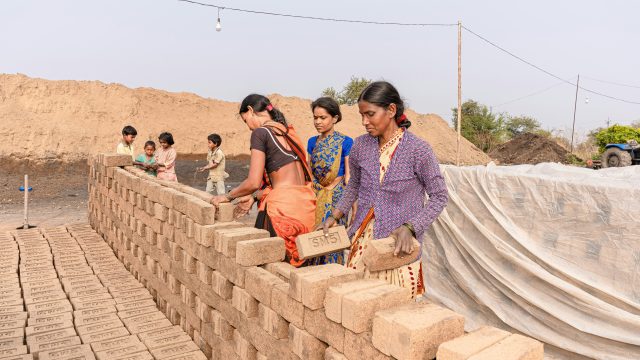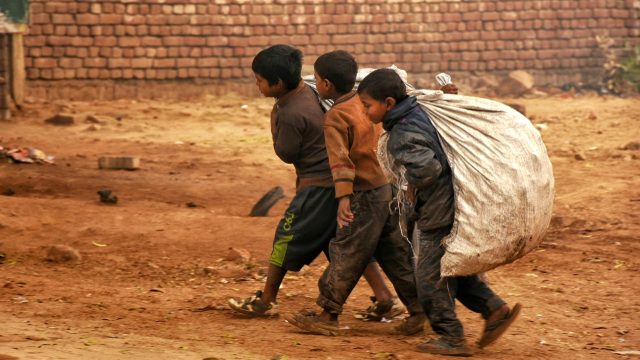A step forward at FFD4: Reflections on a fairer financial future
Reflections on outcomes from the Fourth International Conference on Financing for Development (FFD4)

When the Fourth International Conference on Financing for Development (FFD4) began in Seville, I felt a powerful mix of hope and urgency.
Hope, because this was a rare moment for the world to recognise and respond to the unjust burdens carried by Small Island Developing States (SIDS) and Least Developed Countries (LDCs). These are burdens they bear not because of their choices, but because of a financial architecture that has not kept up with climate realities.
Urgency, because these same countries are running out of time. Every storm, every currency shock, every debt repayment erodes at their resilience, their progress, and their people’s future.
Yet despite all the challenges, FFD4 delivered some real breakthroughs. The Compromiso de Sevilla, the final outcome document, may not be perfect, but it marks important progress. For me, three wins stand out.
Win 1: DSSS is recognised in the Outcome Document
The Debt Sustainability Support Service (DSSS) has been formally acknowledged as a concrete and credible option for addressing debt vulnerability.
What makes the DSSS different is that it is not just another technical fix. It is SIDS-designed, SIDS-led, and born out of a collaborative effort involving heads of state, negotiators, and civil society. It was co-designed under the leadership of a Strategic Advisory Group chaired by President Mohamed Muizzu of the Maldives and Prime Minister Gaston Browne of Antigua and Barbuda.
The DSSS brings together four powerful components:
- Debt relief, including layered measures like pause clauses and debt swaps, estimated to create up to US$2.85 billion in fiscal space annually.
- Future protection, through parametric insurance to shield against climate shocks, protecting up to 20% of disaster losses for just US$21 million.
- Resilience investment, enabling SIDS to issue green, blue, and resilience bonds to build seawalls, solar grids, and livelihoods.
- Legal and advisory support, so SIDS can negotiate on equal footing with creditors and shape fairer deals.
If fully operationalised, the DSSS could reduce SIDS’ debt service by US$171 billion and redirect that towards resilience and the SDGs.
To see this initiative reflected in the outcome of FFD4 is a validation of listening, co-creating, and pushing for systemic reform.
Win 2: Credit rating reform is on the table
For too long, credit rating agencies have penalised SIDS and LDCs not for mismanagement, but for climate vulnerability they did not create.
Only 13 of 39 SIDS even have a credit rating. And for those that do, the average rating dropped from 9.94 to 6.87 between 2000–2022, largely due to climate risk exposure. This has led to a rise in borrowing costs and a fall in access to private capital.
Thanks to our research and advocacy, paragraph 53 of the outcome document now calls for addressing these unfair biases. Even more importantly, it proposes an ECOSOC meeting to follow up on this issue, a rare move for an FFD process.
This opens the door to ratings that reflect reality, not risk distortions. A fairer credit rating system could increase SIDS’ GDP growth by 3.5%, simply by unlocking lower cost capital for essential services like schools, hospitals, and adaptation.
“ These wins matter, but they are only the beginning - the FFD4 outcome is a step forward, but only if we keep the pressure on.”
Win 3: Recognition of currency fluctuation and local currency lending
When SIDS and LDCs are hit by disasters, what comes after that is currency depreciation.
When local currencies fall, foreign denominated debt becomes even more expensive. On average, SIDS lose US$2.43 billion a year due to currency depreciation costing 10% of their GDP - funds that could have been used for providing social protection to communities exposed to climate risks or rebuilding after a disaster.
This issue rarely makes it into global negotiations. But this time, it did.
The outcome document pushes for local currency lending as a strategy to counteract the volatility. This could reduce debt service costs and give countries more predictable, manageable financial futures.

What next
These wins matter, but they are only the beginning. The DSSS still needs financing and operational buy-in to move from concept to implementation. Credit rating reform must go beyond analysis and make its way into concrete institutional change. And local currency lending must evolve from a promising paragraph in a communique into actual lending instruments that protect countries from volatility.
What we do have now is a mandate and momentum. A growing coalition of SIDS and LDC leaders, civil society, technical experts, and funders is taking shape, pushing for change from multiple fronts.
The FFD4 outcome is a step forward, but only if we keep the pressure on. It gives us something to build on. Whether it leads to real reform will depend on what we do next.
- Ritu Bharadwaj, IIED


